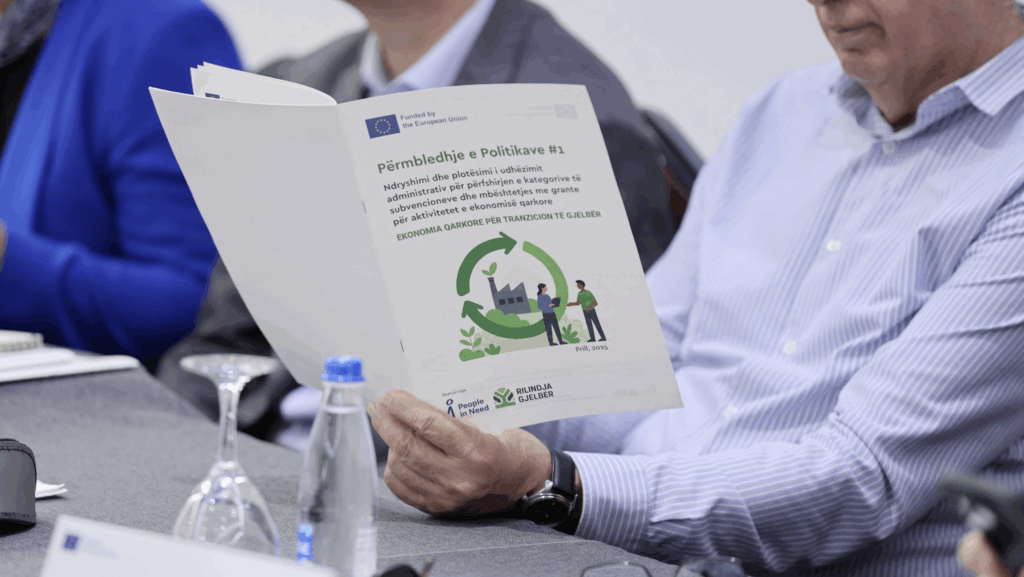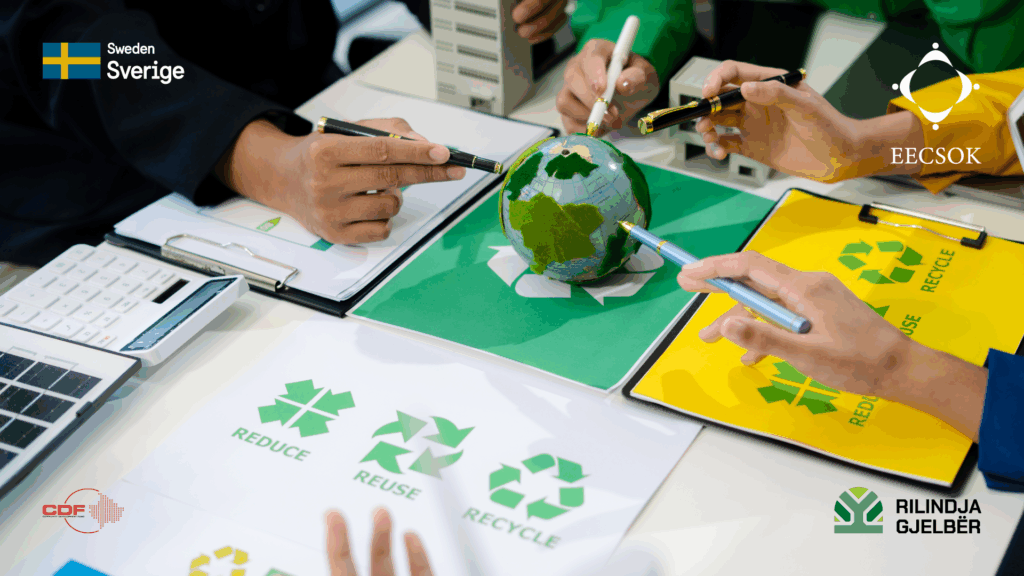The Global Textile Industry: A Growing Giant and a Major Polluter
The global textile industry stands as a cornerstone of the modern economy, providing employment to millions and catering to the ever-evolving demands of consumers worldwide. However, beneath its economic significance lies a complex web of environmental challenges that position the textile sector as one of the most significant contributors to global pollution.
Scale and Economic Significance
As of recent estimates, the global textile and apparel market is valued at approximately $1.5 trillion, with projections indicating continued growth in the coming years. This expansive industry employs over 60 million people globally, with production hubs concentrated in countries such as China, India, Bangladesh, and Vietnam. The rise of fast fashion—a business model characterized by rapid production of inexpensive clothing to meet fleeting trends—has further accelerated the industry’s growth. Brands like Zara and H&M exemplify this model, introducing numerous collections annually to satiate consumer appetite for new styles. (Wikipedia)
Environmental Impacts
-
Water Consumption and Pollution
The textile industry is notoriously water-intensive. For instance, producing a single cotton t-shirt can require up to 2,700 liters of water, equivalent to the amount an average person drinks over two and a half years. Beyond consumption, the industry significantly contributes to water pollution. Textile dyeing and finishing processes are responsible for about 20% of global industrial water pollution, releasing untreated effluents laden with dyes and chemicals into water bodies.
-
Greenhouse Gas Emissions
The textile sector accounts for a substantial share of global greenhouse gas emissions. Estimates suggest that the industry is responsible for approximately 8-10% of global carbon emissions, surpassing the combined emissions from international aviation and shipping. This is largely due to energy-intensive production processes and the prevalent use of synthetic fibers like polyester, which are derived from fossil fuels.
-
Waste Generation
The proliferation of fast fashion has led to alarming levels of textile waste. Annually, the world discards about 92 million tonnes of textiles, a figure projected to escalate if current consumption patterns persist. In the European Union alone, textile consumption per person requires 9 cubic meters of water, 400 square meters of land, and results in a carbon footprint of about 270 kilograms.
-
Microplastic Pollution
Synthetic fibers, which constitute a significant portion of modern textiles, are a major source of microplastics in aquatic environments. Washing synthetic garments releases microfibers into waterways, contributing to the broader issue of plastic pollution in oceans.
-
Chemical Usage
The industry relies heavily on chemicals for dyeing and processing fabrics. These substances often end up in natural water sources, leading to environmental degradation and posing health risks to local communities.
Social Implications
Beyond environmental concerns, the textile industry faces scrutiny over labor practices. Workers, predominantly in developing nations, often endure poor working conditions, low wages, and exposure to hazardous substances. The demand for rapid production at minimal costs exacerbates these issues, highlighting the need for ethical reforms within the industry. (European Parliament+5watertreatmentmagazine.com+5World Resources Institute+5)
Pathways to Sustainability
Addressing the multifaceted challenges posed by the textile industry necessitates a collaborative effort involving manufacturers, consumers, and policymakers. Potential strategies include:
-
Adoption of Circular Economy Models: Implementing systems that promote recycling and reuse of textiles can significantly reduce waste.
-
Sustainable Material Innovation: Investing in eco-friendly materials, such as organic cotton or recycled fibers, can lessen environmental impacts.
-
Regulatory Measures: Governments can enforce regulations that mandate sustainable practices and hold companies accountable for their environmental footprints.
-
Consumer Awareness: Educating consumers about the environmental and social costs of fast fashion can drive demand for more sustainable products.
Conclusion
The textile industry’s environmental footprint is undeniably vast, encompassing issues from water pollution to greenhouse gas emissions. However, with concerted efforts toward sustainable practices, there lies potential to transform this sector into one that harmoniously balances economic growth with environmental stewardship.





